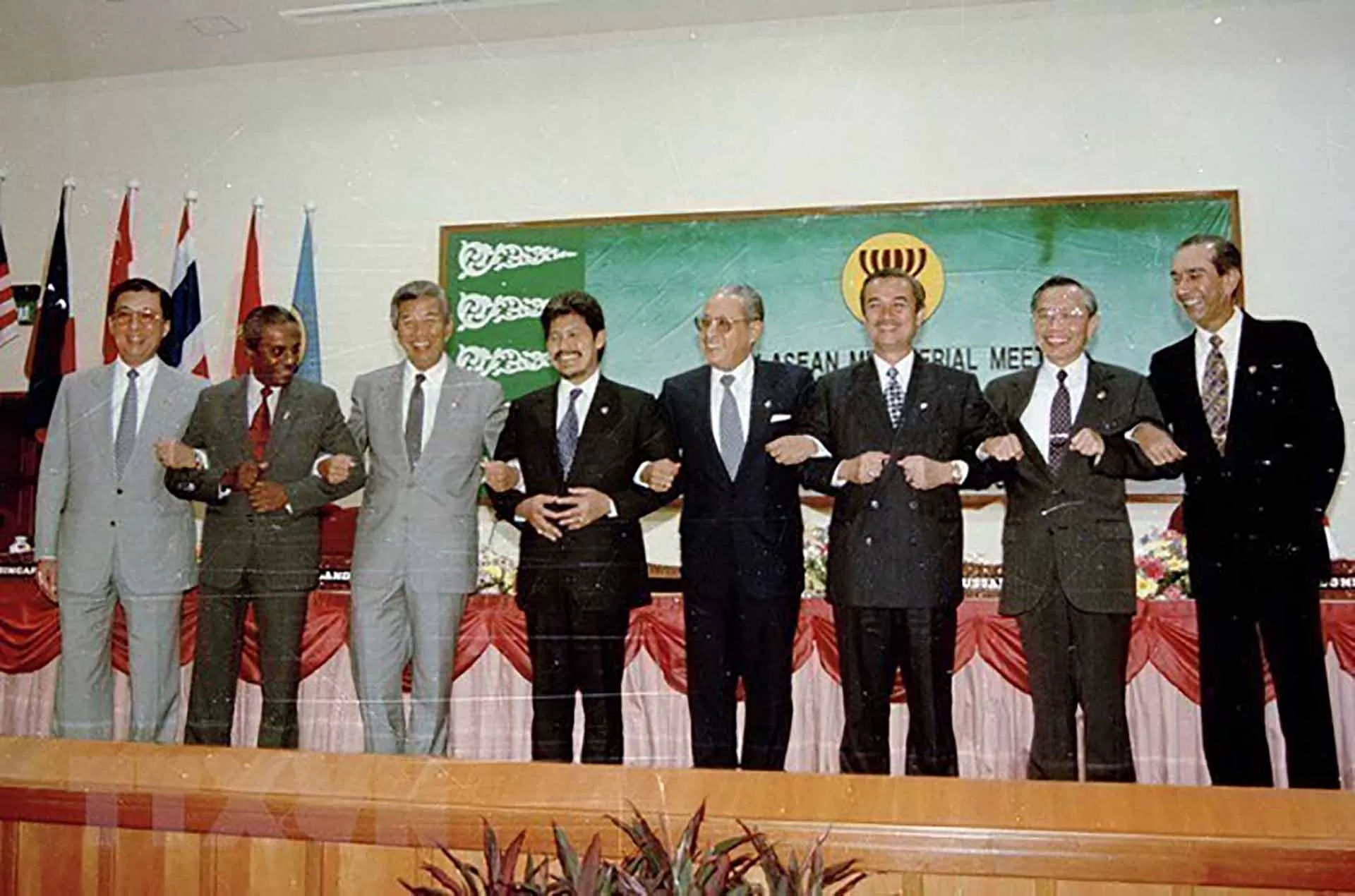 |
| Foreign Minister Nguyen Manh Cam (second from right), ASEAN Secretary General, and ASEAN Foreign Ministers at the meeting to admit Vietnam into ASEAN in Brunei, July 28, 1995. (Source: VNA) |
Two parallel goals
When Vietnam officially joined the Association in 1995, the future of Vietnam was still unknown. Few could have predicted that this country would fully integrate and actively participate in the ASEAN family.
But today, Vietnam has affirmed its position as a new “champion” of economic integration and strategic autonomy – one of the leading countries, shaping the future and regional architecture.
Vietnam’s entry into ASEAN is driven by two clear objectives. The first is to develop the economy, lift its people out of poverty and narrow the gap with other countries in the region. The second is to ensure peace and stability in a rapidly changing Asia.
In the early years, Vietnam carried out extensive domestic restructuring and institutional capacity building to adapt to ASEAN mechanisms and commitments. It took time and strong determination for Vietnam to fully take advantage of the benefits and opportunities from becoming a member of the Association.
However, in the second decade, Vietnam has become more adept at adjusting its domestic economic policies to suit ASEAN’s regional integration programs and efforts. Vietnam has fully grasped the pillars of the ASEAN Economic Community and gradually surpassed some other member countries in attracting investment, improving production capacity and exports. The S-shaped country has gradually developed into one of the most open and business-friendly economies in the region.
For Vietnam, a peaceful regional environment is always a prerequisite for its development path. This explains why Vietnam has always strongly supported ASEAN-led mechanisms, from the ASEAN Regional Forum (ARF), the East Asia Summit (EAS), the ASEAN Defense Ministers Meeting Plus (ADMM-Plus) to the ASEAN Outlook on the Indo-Pacific (AOIP).
These mechanisms not only promote comprehensive dialogue and regional stability but also strengthen ASEAN’s central role – something that Vietnam particularly values as a “shield” against competition between major powers.
The twin goals of economic growth and strategic peacekeeping are also the driving force for Vietnam to accelerate its integration with ASEAN and the global system. By deeply integrating into regional and global value chains, Vietnam has become one of the major beneficiaries of trade liberalization and international investment flows.
Foreign companies, especially those in the high-tech and green manufacturing sectors, now see Vietnam as a priority destination. Under the leadership of General Secretary To Lam, Vietnam is accelerating domestic reforms to promote transparency, efficiency and good governance – positive signals that inspire confidence among both investors and foreign partners.
In recent weeks, Vietnam has been one of the first countries in the world to reach an initial tariff agreement with the Trump administration – a development that is more than just symbolic. This event demonstrates the flexibility in diplomacy and the ability to respond effectively to external shocks – from the US-China trade competition to fluctuations in the global supply chain. By maintaining stable macroeconomic fundamentals in parallel with expanding bilateral and multilateral trade relations, Vietnam has proven that it can completely overcome uncertain times.
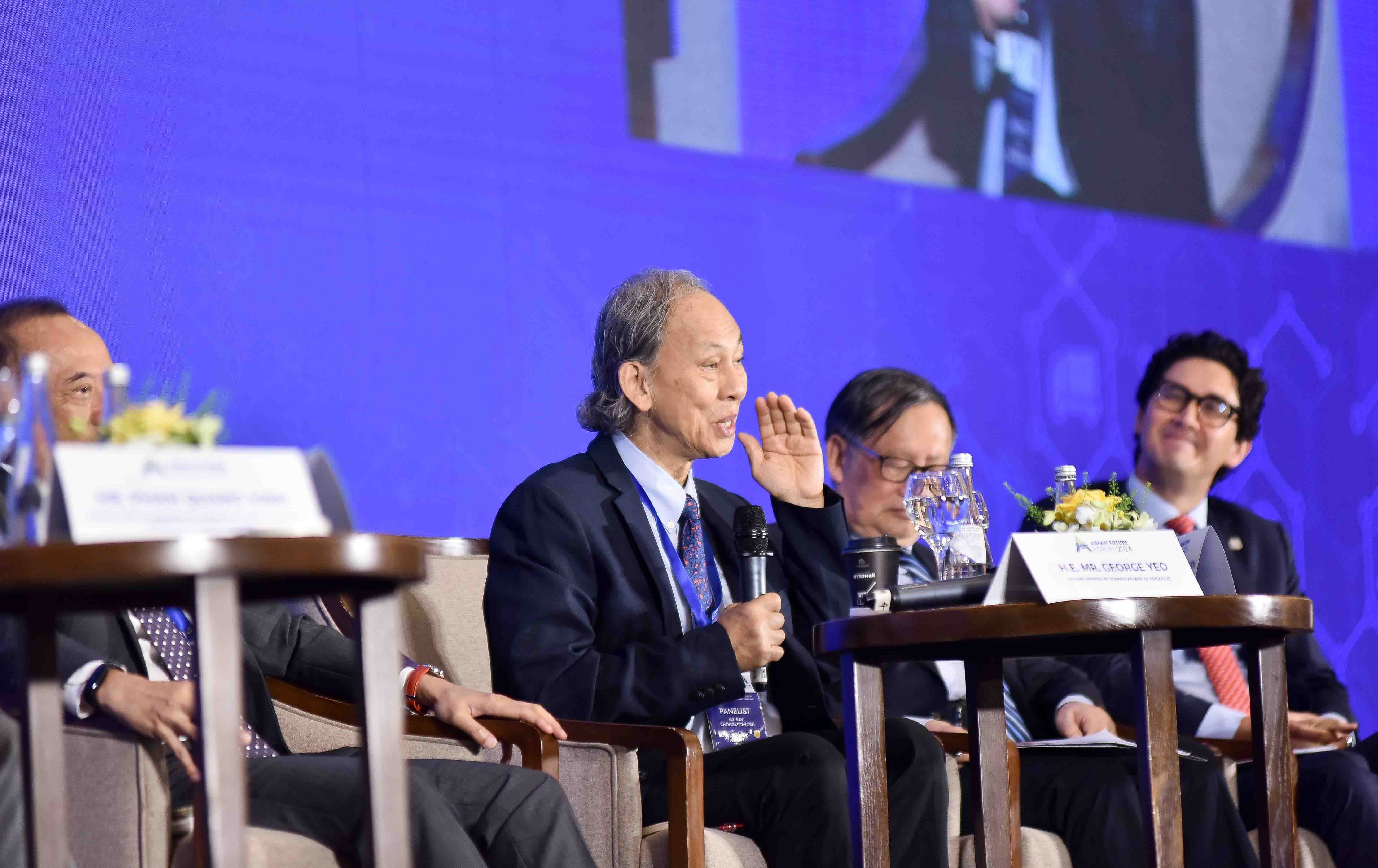 |
| Leading ASEAN expert Kavi Chongkittavorn shares at a discussion session at the ASEAN Future Forum 2024, April 2024. (Photo: Nguyen Hong) |
Nurture clear aspirations
As Vietnam enters its fourth decade in ASEAN, it shows no signs of slowing down. It has a clear ambition to shape the regional agenda. Vietnam wants to maintain ASEAN’s vital role in an era of increasingly fierce geopolitical competition. Vietnam can play an important role in strengthening ASEAN centrality, narrowing the development gap between member states, and promoting deeper economic and political integration across the bloc – all for a strong ASEAN community of 675 million people.
With an increasingly open and deeply integrated economy, Vietnam is also an active member of large-scale trade agreements such as the Regional Comprehensive Economic Partnership (RCEP), the Comprehensive and Progressive Agreement for Trans-Pacific Partnership (CPTPP)... These interwoven frameworks help Vietnam diversify trade, avoid dependence on a single country, and at the same time promote a rules-based order and inclusiveness - values that truly reflect ASEAN's people-oriented and future-oriented identity.
At the 58th ASEAN Foreign Ministers’ Meeting held on July 9, the Joint Statement acknowledged the important role of the ASEAN Future Forum initiated by Vietnam. This initiative was highly appreciated for promoting strategic vision, policy innovation and strengthening regional cooperation. The Statement stressed that this forum is completely in line with the spirit of “ASEAN 2045: Our Common Future”, with a focus on inclusiveness, sustainable development and maintaining ASEAN’s long-term central role.
Looking ahead, with its high economic growth, young and dynamic workforce, and carefully planned development strategy, Vietnam will continue to play a key role in building a stronger, more resilient and self-reliant ASEAN Community. In a context of increasing global instability, Vietnam’s leadership and “ASEAN first” policy can promote stability in a region that is seeking balance and peaceful coexistence.
It would not be an exaggeration to say that Vietnam is the “new champion” of ASEAN – a champion that the region did not know it needed.
* The article expresses the author's personal opinion.
Source: https://baoquocte.vn/chuyen-gia-hang-dau-ve-asean-viet-nam-nha-vo-dich-ma-khu-vuc-tung-khong-biet-minh-dang-rat-can-322383.html


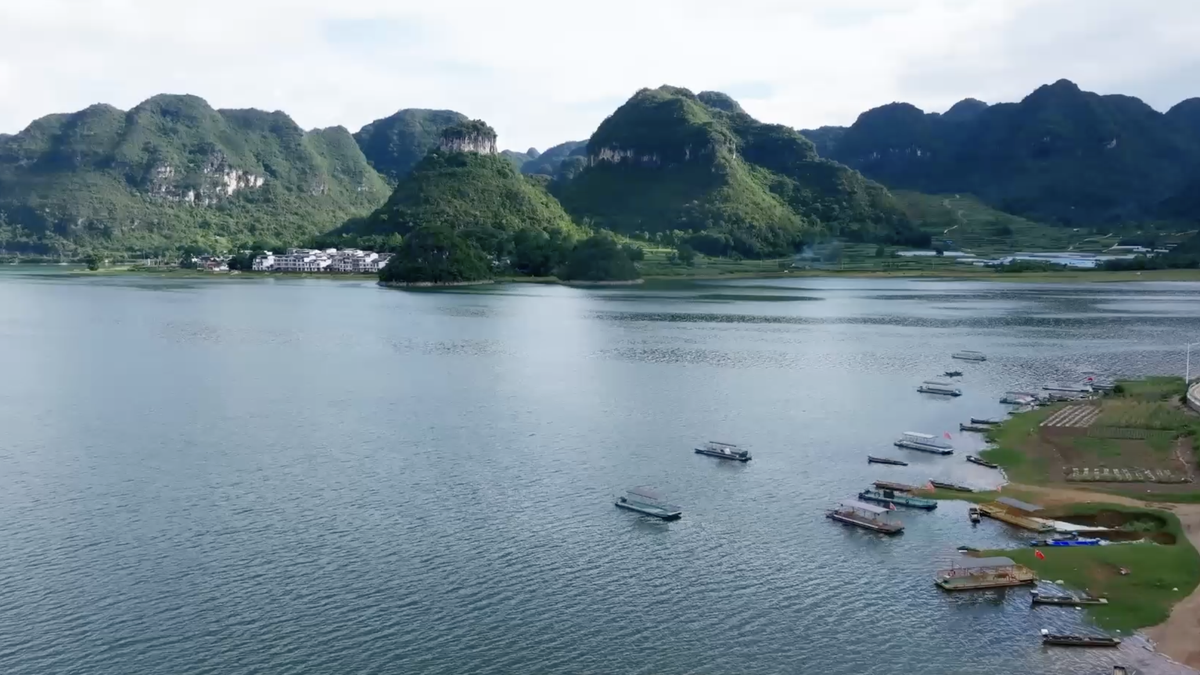


![[Photo] General Secretary To Lam and National Assembly Chairman Tran Thanh Man attend the 80th Anniversary of the Traditional Day of the Vietnamese Inspection Sector](https://vphoto.vietnam.vn/thumb/1200x675/vietnam/resource/IMAGE/2025/11/17/1763356362984_a2-bnd-7940-3561-jpg.webp)


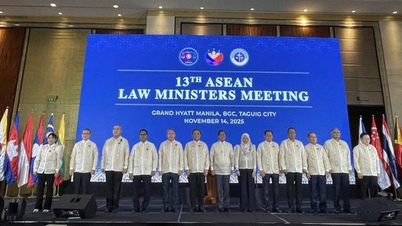

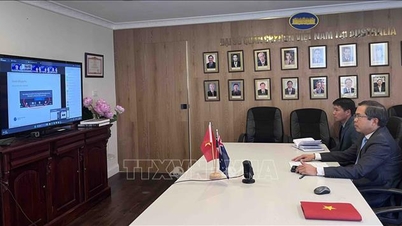

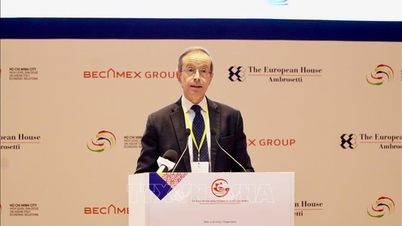
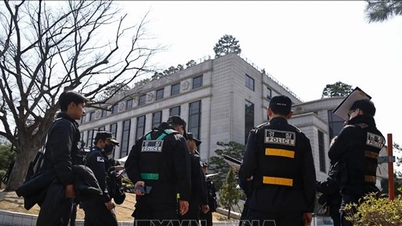

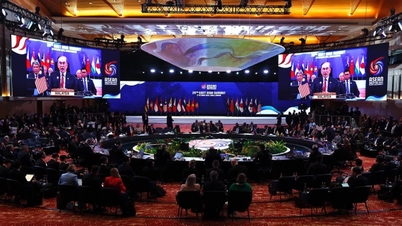
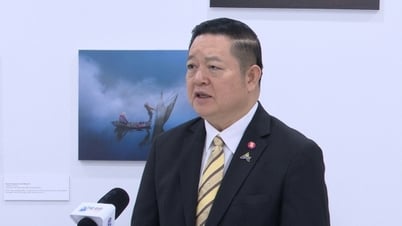
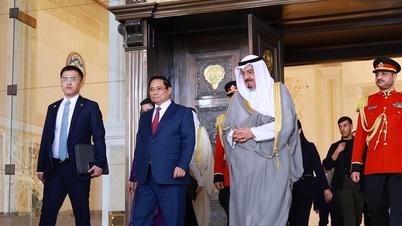

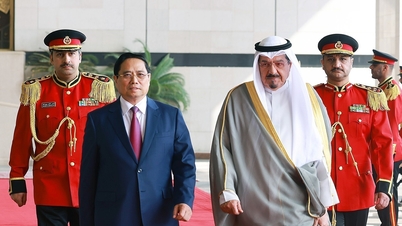
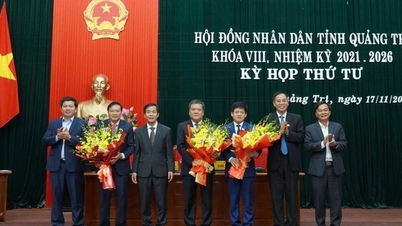
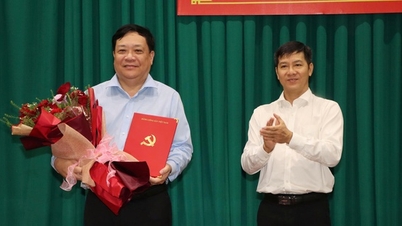
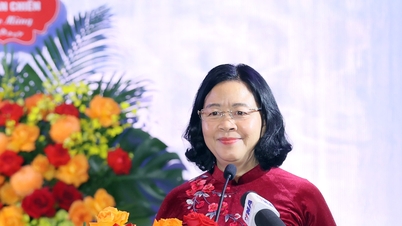
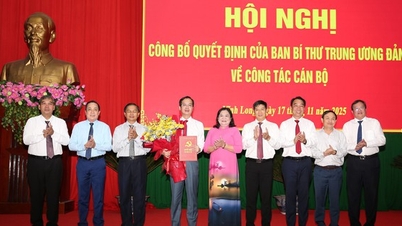




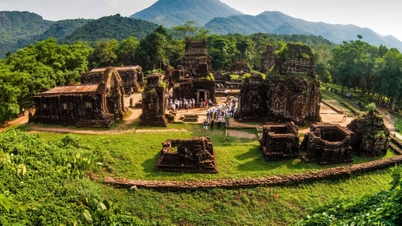



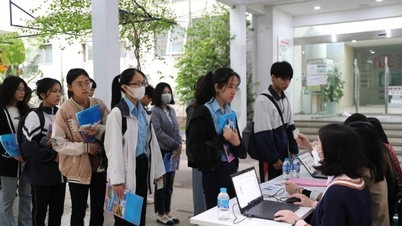




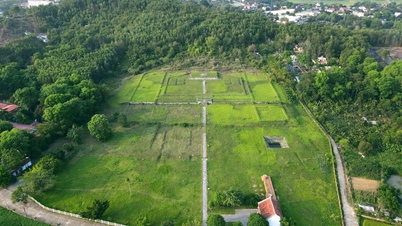








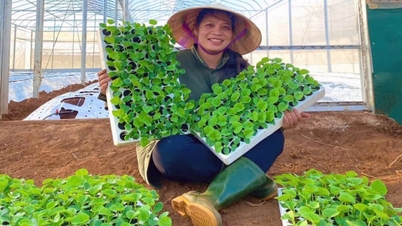

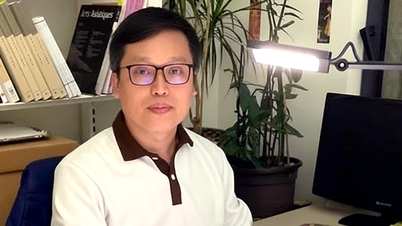



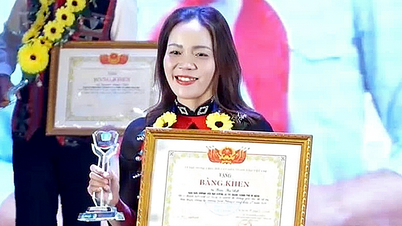










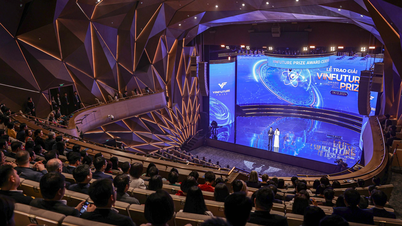






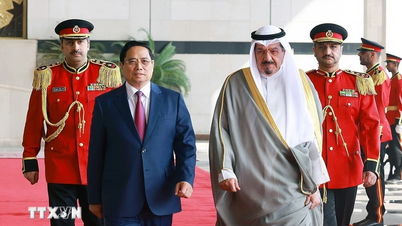
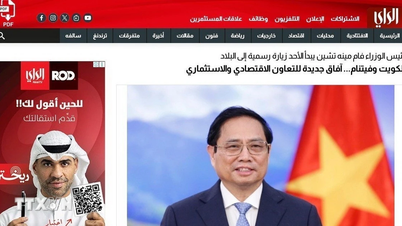



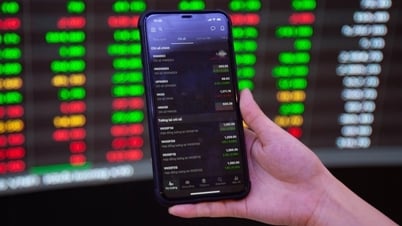


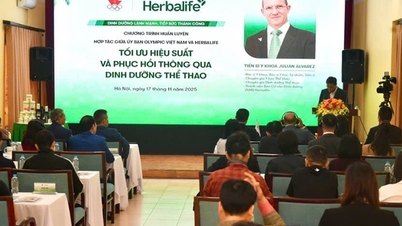

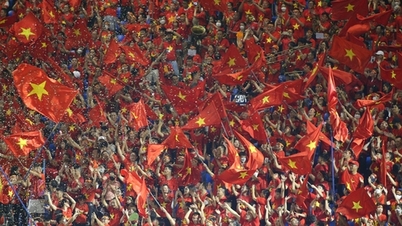
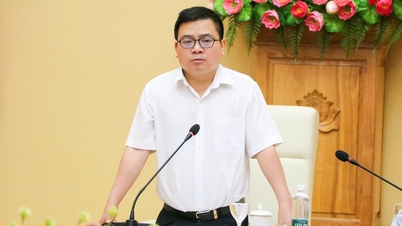



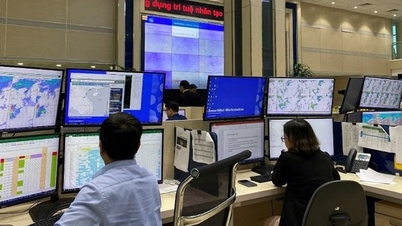

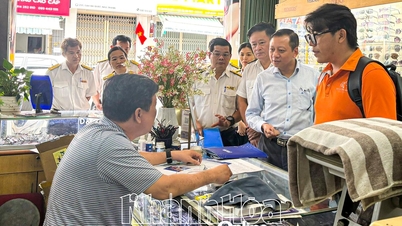


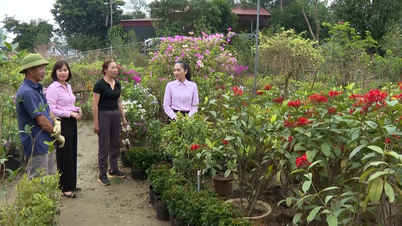

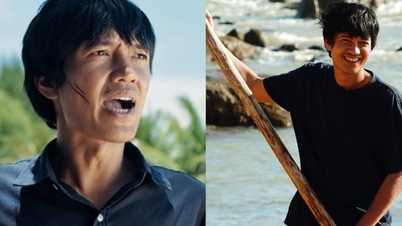
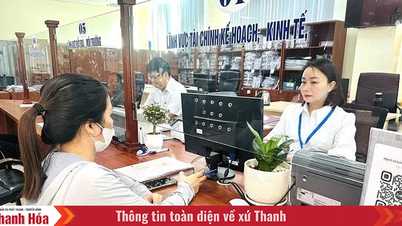

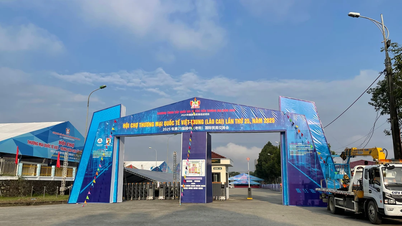
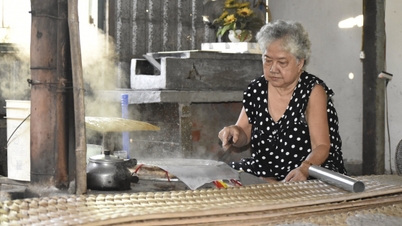

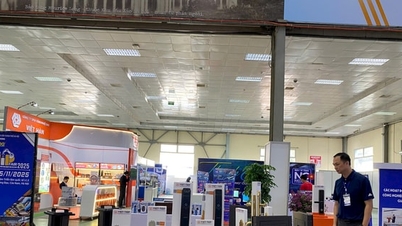
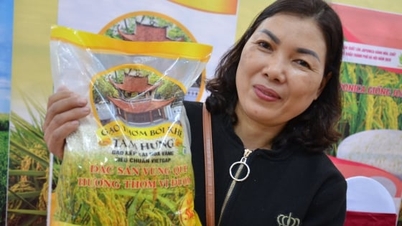

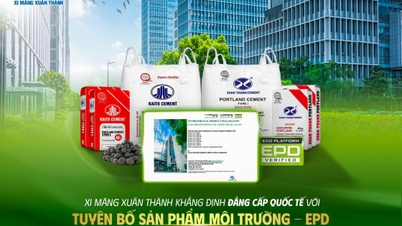
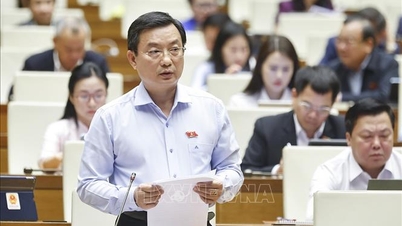





Comment (0)